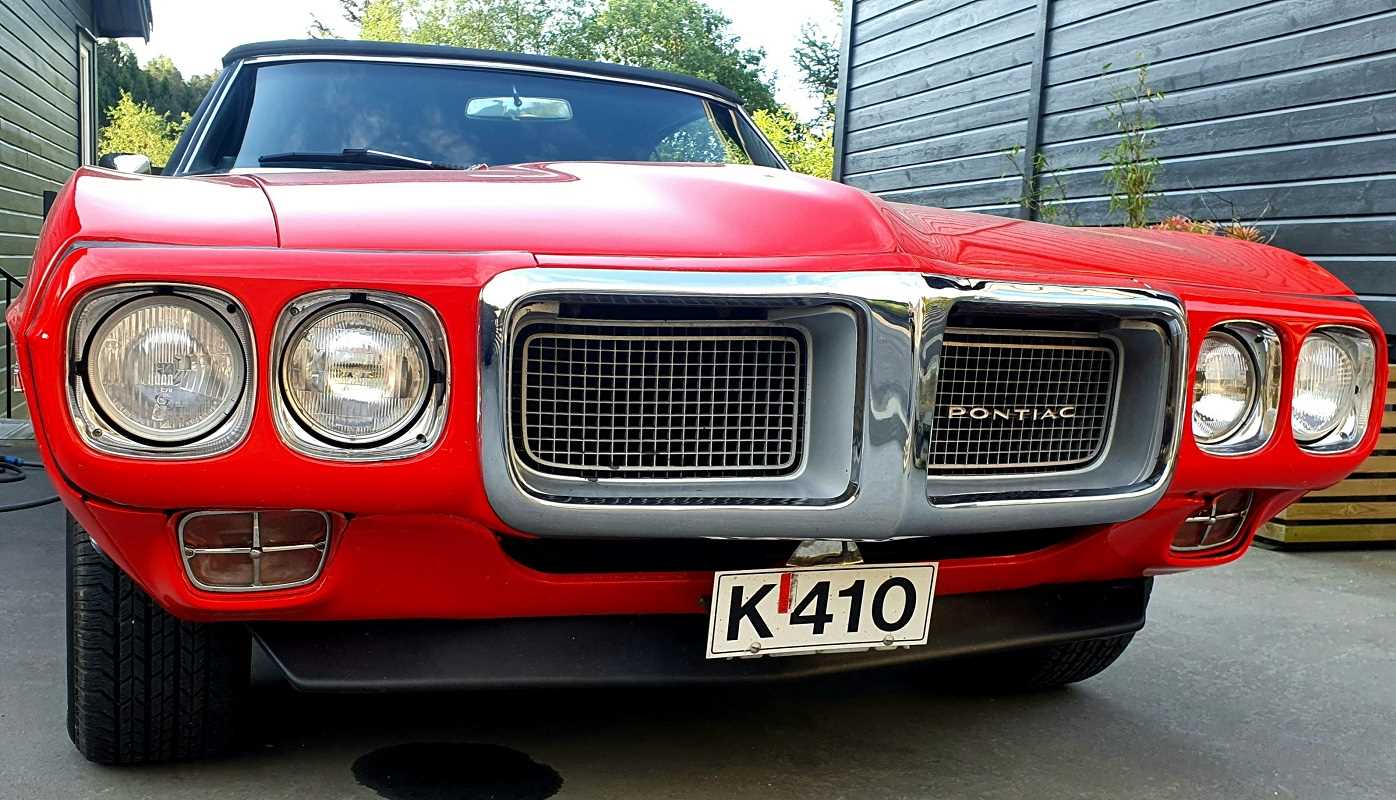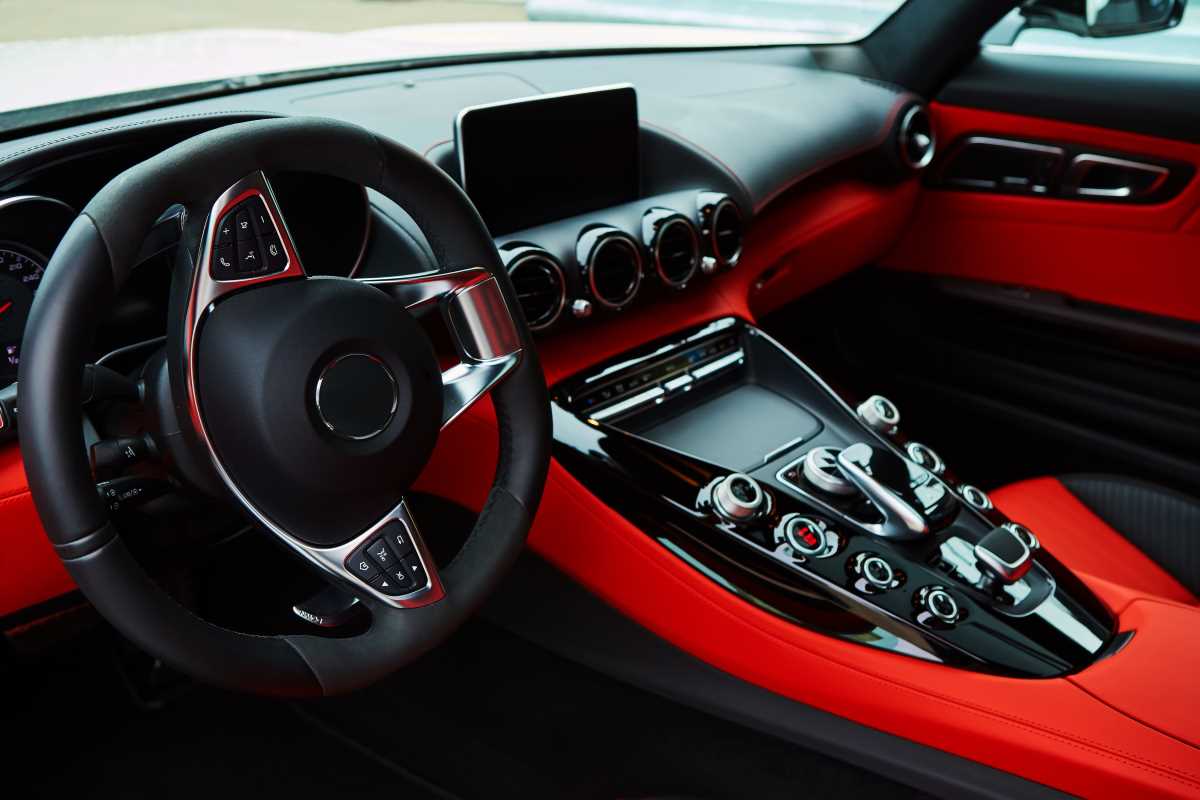The journey from a simple idea to a breathtaking automobile shows the ingenuity and creativity of car designers. Behind every iconic model, designers follow a meticulous process where imagination meets engineering, resulting in classic vehicles that perform exceptionally well and capturing enthusiasts' hearts worldwide. Exploring the minds of these designers reveals the intricate balance between aesthetics, functionality, and innovation that defines the automotive masterpieces we admire today.
The Art of Car Design
Sketches serve as the foundation upon which visionary concepts are built. These initial drawings allow designers to visualize ideas, experiment with shapes, and refine details before entering the digital modeling phase. The tactile nature of sketching creates a deeper connection between the designer and the vehicle, enabling a more intuitive exploration of form and function.
The design process includes various key aspects, such as ergonomics, aerodynamics, and material selection. Designers must consider how the vehicle will interact with its environment and users, ensuring comfort, safety, and performance are seamlessly integrated into the final product. Collaboration between different departments, such as engineering and marketing, is essential to align the design with practical constraints and market demands.
Iconic Models and Their Designers
- Ferrari LaFerrari – Designed by Flavio Manzoni, this hybrid supercar combines stunning aesthetics with cutting-edge technology, representing Ferrari’s commitment to innovation.
- Jaguar E-Type – Conceived by Sir Malcolm Sayer, the E-Type is celebrated for its sleek lines and performance, establishing Jaguar as a symbol of British automotive excellence.
- Volkswagen Beetle – Originally designed by Ferdinand Porsche, the Beetle became an enduring icon due to its unique shape and reliable engineering.
- Porsche 911 – Designed by Ferdinand Alexander Porsche, the 911’s timeless design and superior performance have made it a favorite among car enthusiasts for decades.
- Tesla Model S – Led by designer Franz von Holzhausen, the Model S revolutionized the electric vehicle market with its minimalist design and advanced technology.
Creative Process: From Concept to Sketch
- Ideation: Designers brainstorm and gather inspiration from various sources, including nature, art, and existing automotive trends, to generate innovative ideas.
- Concept Development: Selected ideas are further developed into conceptual designs, focusing on the vehicle’s overall form and key features.
- Sketching: Detailed sketches are created to visualize the concepts, allowing designers to experiment with different angles, proportions, and elements.
- Digital Modeling: Sketches are transformed into digital models using specialized software, enabling precise adjustments and refinements.
- Prototyping: Physical models or prototypes are built to assess the design’s feasibility and make necessary modifications before production.
The transition from concept to sketch is a critical phase where abstract ideas gain tangible form. This step allows designers to iterate quickly, explore multiple variations, and identify the most promising aspects of the design. By refining sketches, designers can address potential issues early on, ensuring that the final design is both aesthetically pleasing and mechanically sound.
The Influence of Sketches on Final Models
Design sketches significantly shape the final appearance and functionality of car models. They provide a visual roadmap that guides the entire development process, ensuring that the original vision is maintained from conception to production. Sketches allow designers to communicate ideas clearly to engineers, marketers, and other stakeholders, creating a cohesive approach to vehicle creation.
Sketches enable the exploration of creative solutions to design challenges. By iterating on different designs, manufacturers can push the boundaries of what’s possible, resulting in cars that stand out in the competitive automotive landscape. The detailed attention given to sketches often translates into refined lines, balanced proportions, and innovative features that define an iconic model’s legacy.
Challenges in car design
Designing a car involves navigating a myriad of technical and creative challenges. One major hurdle is balancing aesthetic appeal with functionality. Designers must ensure the vehicle looks attractive and meets performance standards, safety regulations, and practical usability requirements. This delicate balance often requires compromise and creative problem-solving to achieve the desired outcome.
Staying ahead in a rapidly evolving market is another significant challenge. With technological advancements and shifting consumer preferences, designers must continuously innovate to create models that resonate with audiences. Incorporating new materials, sustainable practices, and cutting-edge technologies into designs adds complexity, demanding a high level of expertise and adaptability from design teams.
The intricacies of the car design process highlight the immense skill and dedication required to produce vehicles that become beloved icons. From the initial spark of inspiration to the final touches on a production line, car designers play a crucial role in shaping the automotive landscape, blending art and engineering to create machines that drive both performance and passion.
 (Image via
(Image via





